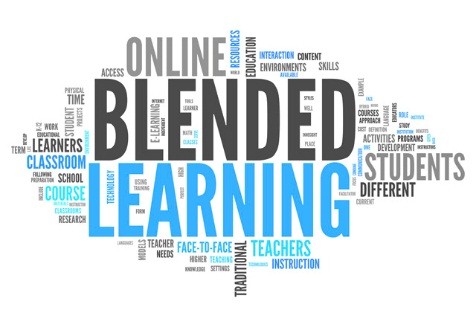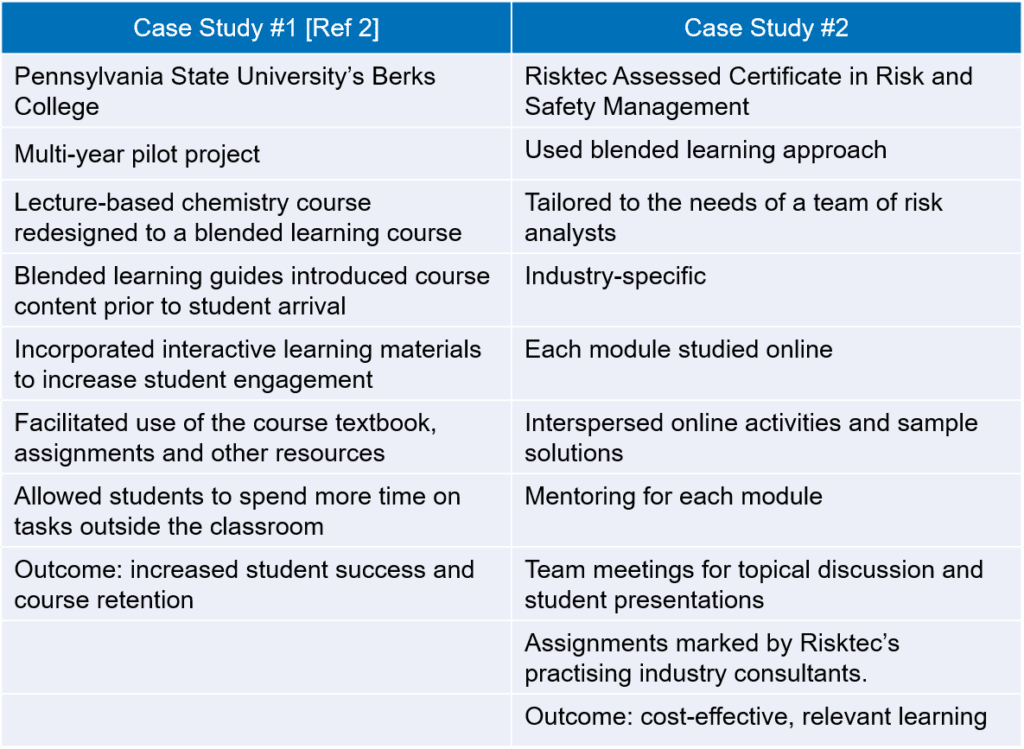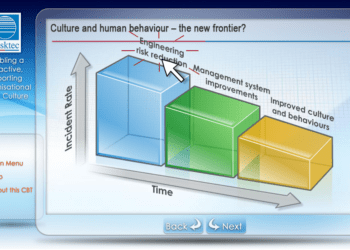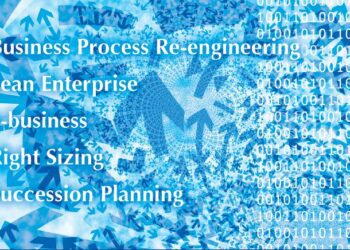Blended learning: the best of both worlds
What is blended learning? There is no single term that has become the accepted definition, but put simply, it is a combination of traditional classroom-based face-to-face training and distance learning via an online platform. What isn’t in doubt is that it has increased in popularity, as organisations and educational institutions have discovered how to exploit its benefits.
Dziuban and Moskal [Ref 1] state “Research has found that blended courses have the potential to increase student learning outcomes while lowering attrition rates in comparison with equivalent fully online courses.

Some cynicism still exists around blended learning, stemming from the perceived lack of a formal definition. But this view misses the point – blended learning solutions can be tailored to an organisation’s culture, geography, training budget and, most importantly, the training needs of the participants. Blended learning offers a welcome variety in approach from methods of instruction (lecture, discussion, games) to delivery methods (live or recorded virtual classrooms, computer-driven lessons), to guidance levels (individual, facilitator-led, group learning) and scheduling.
In today’s tough economic climate, organisations are increasingly aware of the need to provide cost-effective training to continually improve the skills of, and invest in, the workforce. Blended learning provides a hugely versatile solution.
THE BENEFITS
The face-to-face element of training provides benefits, such as:
- Clarification of understanding with an expert
- Application of learning to specific organisational issues
- Group activities, including games-based learning
- Networking, team-building and skills transfer within the organisation
Whereas the benefits of online training include:
- Participants can study at their own pace
- Study time is more effective – participants can select or repeat elements based on their knowledge and experience
- Online assessments with automatic marking and feedback to measure progress
- No time away from ‘day job’
- No travel costs.
Blended learning combines these benefits in a balanced way: the online learning can be performed outside the working day, whilst classroom events will require some time away from the normal workplace. So an organisation invests in its employees, with commitment from the employees in return [see Case Studies].

Students all have varied learning styles, but blended learning ensures that all preferences are met in some form:
- Activists like a range of diverse activities, particularly team problem-solving and brainstorming
- Reflectors enjoy background notes and prior reading and being given time to think
- Theorists prefer time to explore relationships between ideas and situations, with opportunities to question and probe assumptions
- Pragmatists like opportunities to try out the learning with coaching and feedback from an expert.
CONCLUSION
Successful blended learning needs to be well structured, with defined goals and measurable outcomes. With this as a given, blended learning leverages the strengths of face-to-face and distance learning, and delivers the best of both worlds, whether for specific training needs or formal postgraduate qualifications.
References
1. Dziuban, Hartman J. and Moskal P. (2004), Blended Learning.
2. Amaral & Shank (2010), Enhancing Student Learning and Retention with Blended Learning Class Guides.
This article first appeared in RISKworld issue 28







